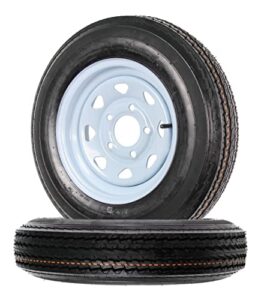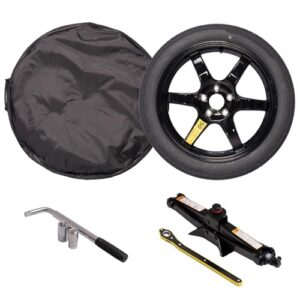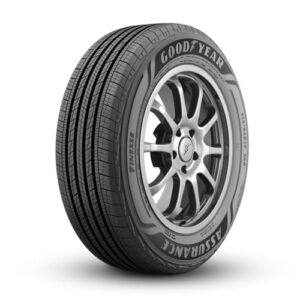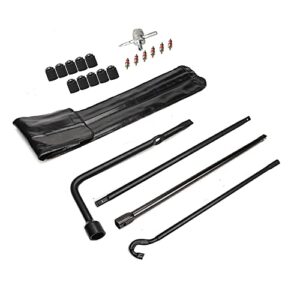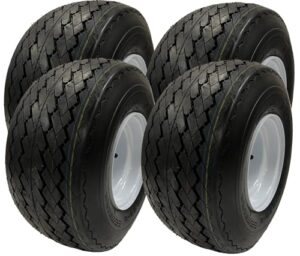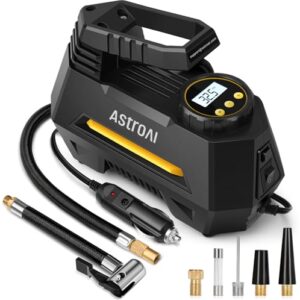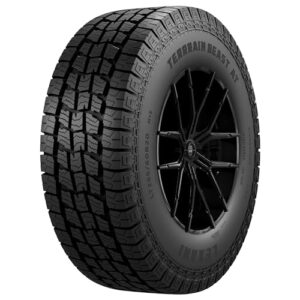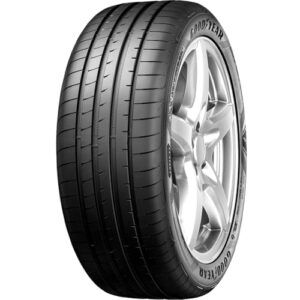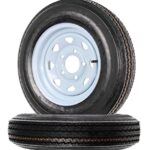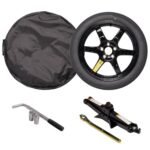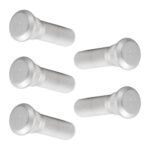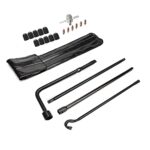When you’re driving, few things are as disheartening as the sudden realization that you’ve picked up a nail or screw and your tire is rapidly losing air. A quick and cost-effective solution is the use of a tire plug. The million-dollar question for many drivers is: How long will a tire plug last? In this detailed guide, we’ll delve into the factors that affect the longevity of a tire plug, and provide insights for proper tire maintenance.
What is a Tire Plug?
A tire plug is a short, sticky piece of rubber that is inserted into the puncture of a tire using a special tool called a plug inserter. The plug is designed to fill the hole and seal the tire to prevent air from escaping, allowing you to continue driving safely until a more permanent repair can be made.

The Lifespan of Tire Plugs
The lifespan of a tire plug can vary. However, most plugs should be considered a temporary fix. Ideally, they should last long enough to drive to a professional tire repair shop where a more comprehensive repair, such as a patch or patch-plug combination, can be applied.
Factors Affecting Tire Plug Longevity
- Quality of the tire plug
- Size and location of the puncture
- Type of tire and its condition
- Driving habits and conditions
- Correct installation of the plug
When to Use a Tire Plug
Not all tire damage is suitable for plugging. Use tire plugs when:
- The puncture is ¼ inch or smaller.
- The puncture is located in the tread area.
- The tire sidewall or shoulder isn’t damaged.
It is not advised to use a tire plug if:
- The puncture is larger than ¼ inch.
- The puncture is on the side of the tire.
- There are multiple punctures too close to each other.
- The tire has significant wear or other structural damage.
Proper Tire Maintenance Tips
To extend the life of your tires and potential tire repairs, follow these maintenance tips:
- Regularly check tire pressure and keep tires inflated to the recommended PSI.
- Inspect tires frequently for wear, damage, or foreign objects.
- Have your tires rotated according to the manufacturer’s recommendation.
- Get tires balanced and your vehicle’s alignment checked if you notice any irregular tire wear or your vehicle is pulling to one side.
- Keep a tire repair kit in your vehicle for emergencies.
Conclusion and Professional Advice
While a tire plug can get you out of a bind, it’s important to have your tire checked by a professional as soon as possible. They can determine the best course of action, whether that’s a more permanent patch, a combination plug-patch fix, or tire replacement if necessary.
Remember, driving on a plugged tire is temporary and should not be considered a permanent fix. The lifespan of the plug can be affected by many factors, so for your safety and the longevity of your tires, always seek professional guidance.
Frequently Asked Questions
How Effective Is A Tire Plug Repair?
A tire plug can effectively seal punctures in the tread area, typically providing a reliable short-term solution until a more permanent repair can be done.
What Factors Affect Tire Plug Longevity?
Tire plug longevity is influenced by driving habits, tire condition, the quality of the plug installation, and the size and location of the puncture.
Is A Tire Plug A Permanent Fix?
Tire plugs are considered temporary repairs; a full tire patch from the inside is often recommended for a permanent solution.




